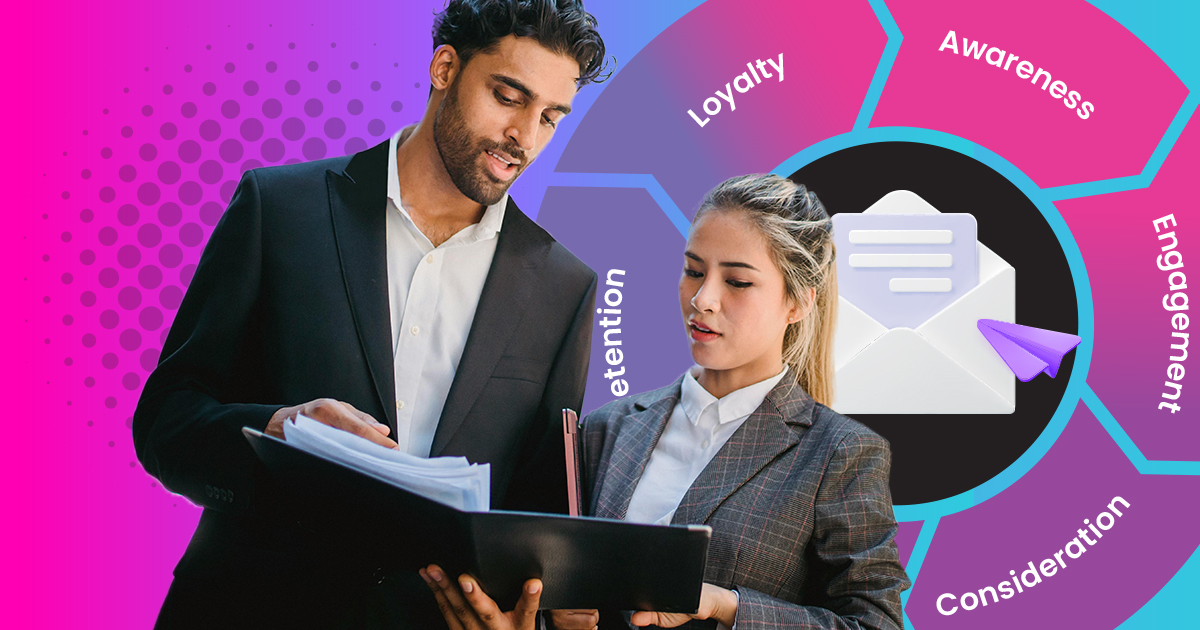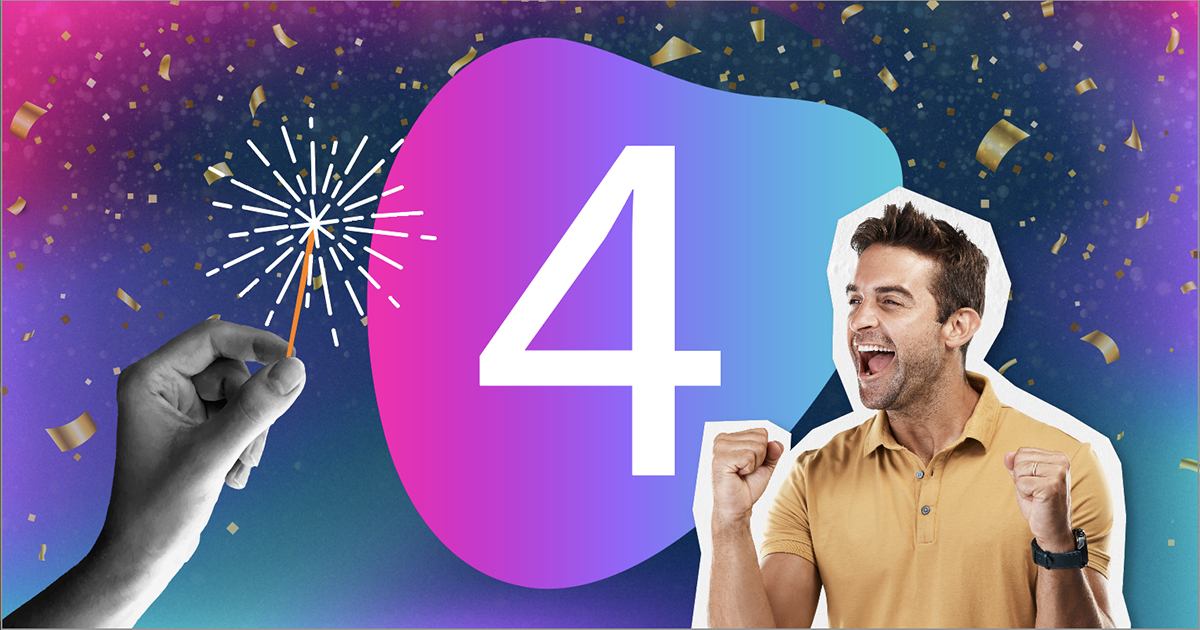
Use Direct Mail to Nurture Client Relationships Across the Customer Lifecycle

In the relationship-driven world of financial services, trust and credibility are the foundation of every successful client interaction. While digital marketing channels are essential for reach and efficiency, direct mail remains a powerful tool for building and nurturing client relationships throughout the entire customer lifecycle. For enterprise marketers, integrating direct mail into your lifecycle strategy can deliver tangible, lasting results that digital alone often cannot.
Why Direct Mail Resonates in Financial Services
Direct mail stands out because it’s tangible, personal, and trusted. Unlike emails that get deleted or digital ads that fade into the background, a well-crafted letter or postcard lands directly in your client’s hands—making your message impossible to ignore. In fact, 83% of financial services marketers report that direct mail delivers the highest conversion rates, and 78% say it offers the best return on investment compared to other channels.
This impact is amplified in financial services, where clients expect a high level of personal attention and reassurance. A physical mailer communicates stability, credibility, and care—qualities essential for fostering long-term relationships in an industry built on trust.
Nurturing Relationships at Every Stage
Direct mail isn’t just for acquisition. It’s a versatile channel that can be used to engage, retain, and even win back clients at every stage of the customer lifecycle:
- Awareness & Acquisition: Personalized mailers introducing your brand, highlighting unique services, or offering incentives (such as a free consultation or special rates) are highly effective for capturing attention and generating leads.
- Onboarding: Welcome kits, educational guides, or personalized letters can help new clients feel valued and informed, setting the tone for a positive, ongoing relationship.
- Engagement & Retention: Regular touchpoints—such as birthday cards, annual review reminders, or newsletters with market insights—keep your brand top-of-mind and demonstrate ongoing commitment to your clients’ financial well-being.
- Cross-Sell & Upsell: Data-driven segmentation enables you to send targeted offers for additional products or services that align with your clients’ evolving needs, deepening their relationship with your institution.
- Reactivation: For clients who have drifted away, a thoughtful mailer with a personalized message or exclusive offer can reignite interest and bring them back into the fold.
Personalization: The Key to Meaningful Connections
The true power of direct mail lies in its ability to deliver highly personalized experiences at scale. By leveraging customer data—such as transaction history, life events, or financial goals—enterprise marketers can craft messages that resonate on an individual level. This not only increases engagement but also reinforces the sense that your institution genuinely understands and cares about each client’s unique journey.
Best Practices for Lifecycle-Driven Direct Mail
To maximize the impact of direct mail across the customer lifecycle, consider these proven strategies:
- Segment Your Audience: Use data to identify where each client is in their journey and tailor your messaging accordingly.
- Integrate with Digital Channels: Pair mailers with follow-up emails, social media ads, or personalized landing pages to create a seamless omnichannel experience that reinforces your message and increases response rates.
- Focus on Quality and Relevance: High-quality design, clear calls to action, and relevant content ensure your mailers are opened, read, and acted upon.
- Track and Optimize: Use QR codes, personalized URLs, or dedicated phone numbers to measure response and refine your approach for future campaigns.
Conclusion
For enterprise marketers in financial services, direct mail is far more than a legacy tactic—it’s a relationship-building powerhouse that nurtures clients from first contact to long-term loyalty. By integrating direct mail with digital strategies and focusing on personalized, lifecycle-driven communications, you can create memorable experiences that drive engagement, trust, and business growth at every stage of the customer journey.



